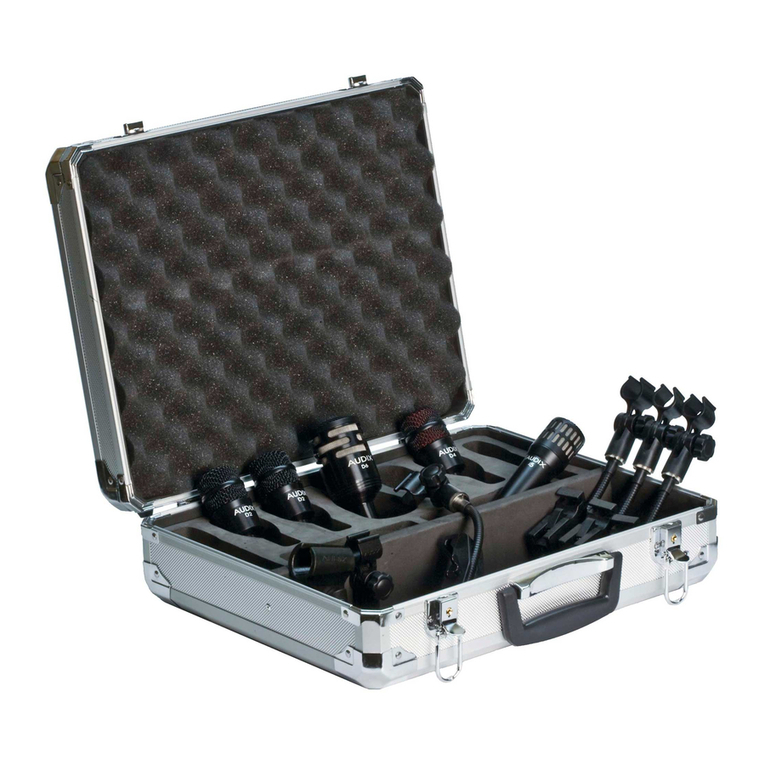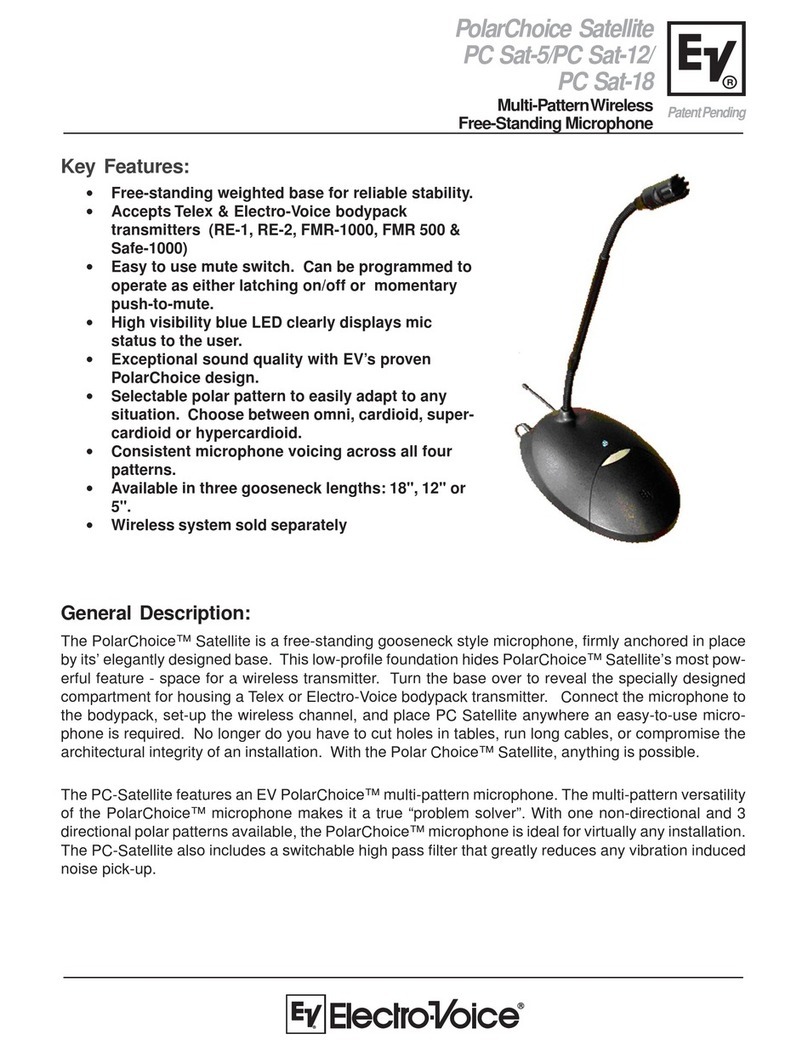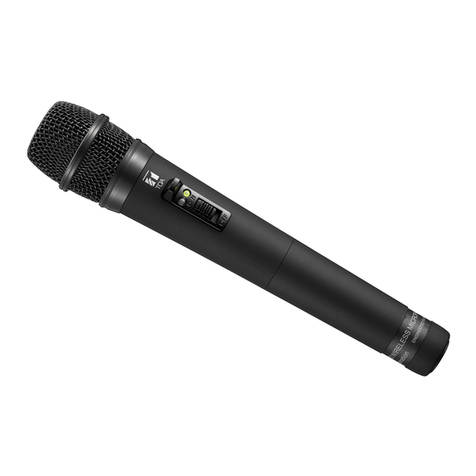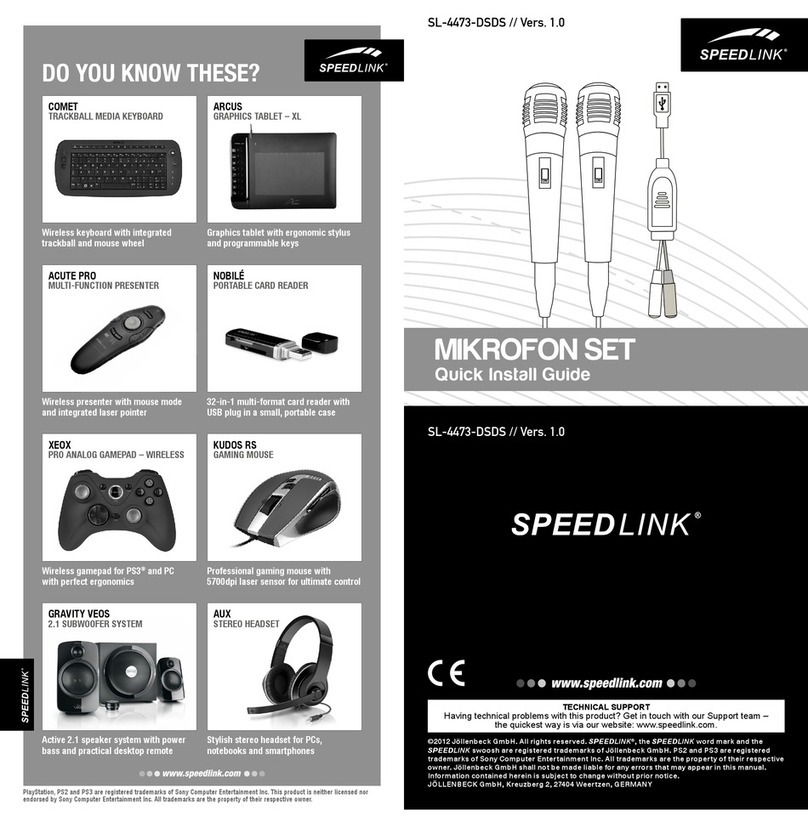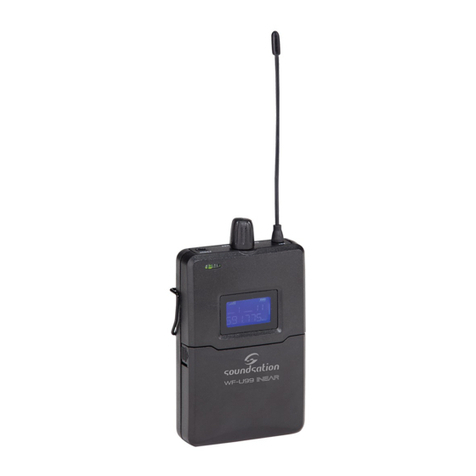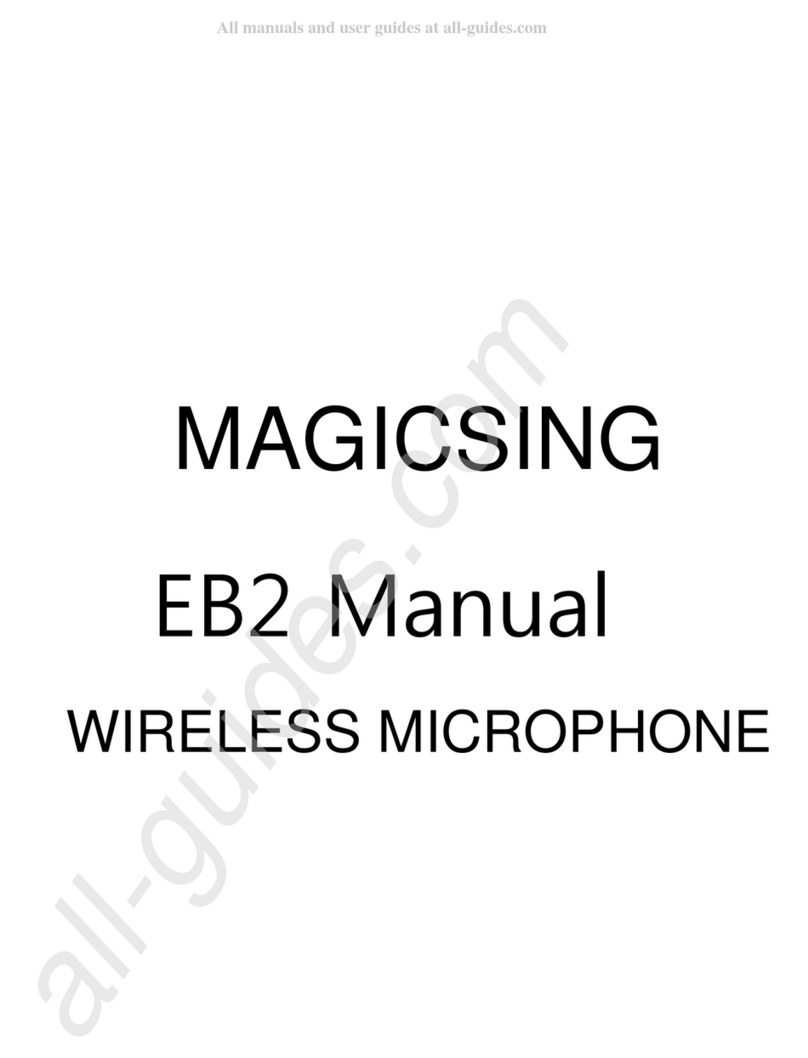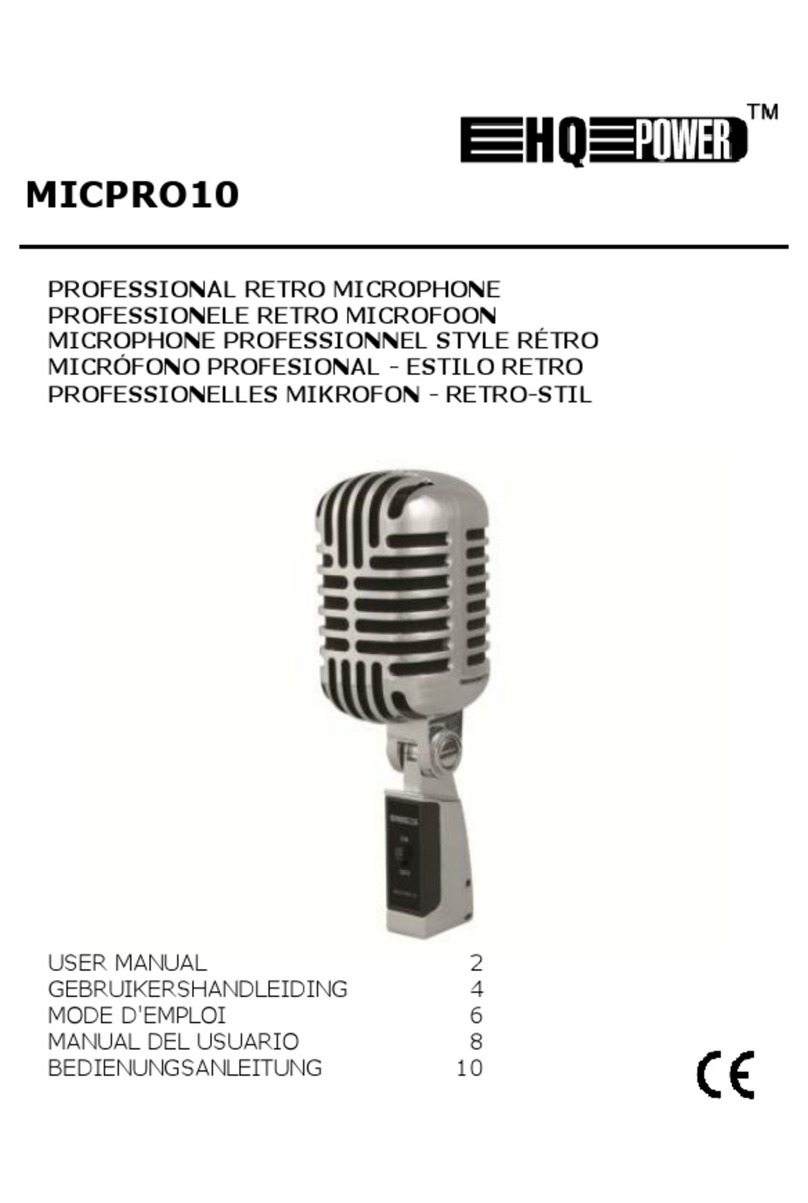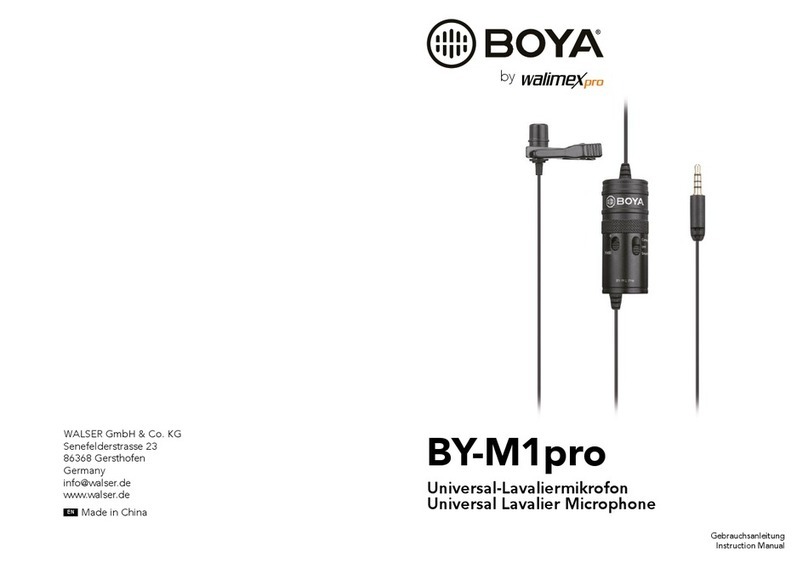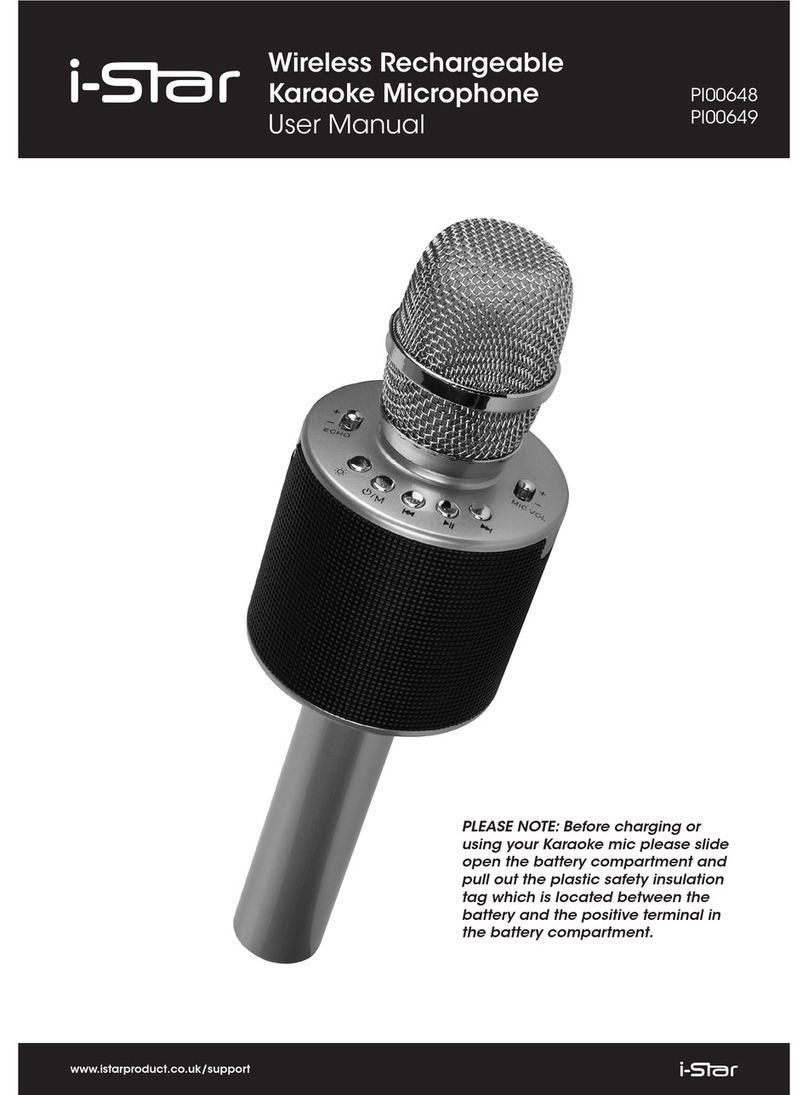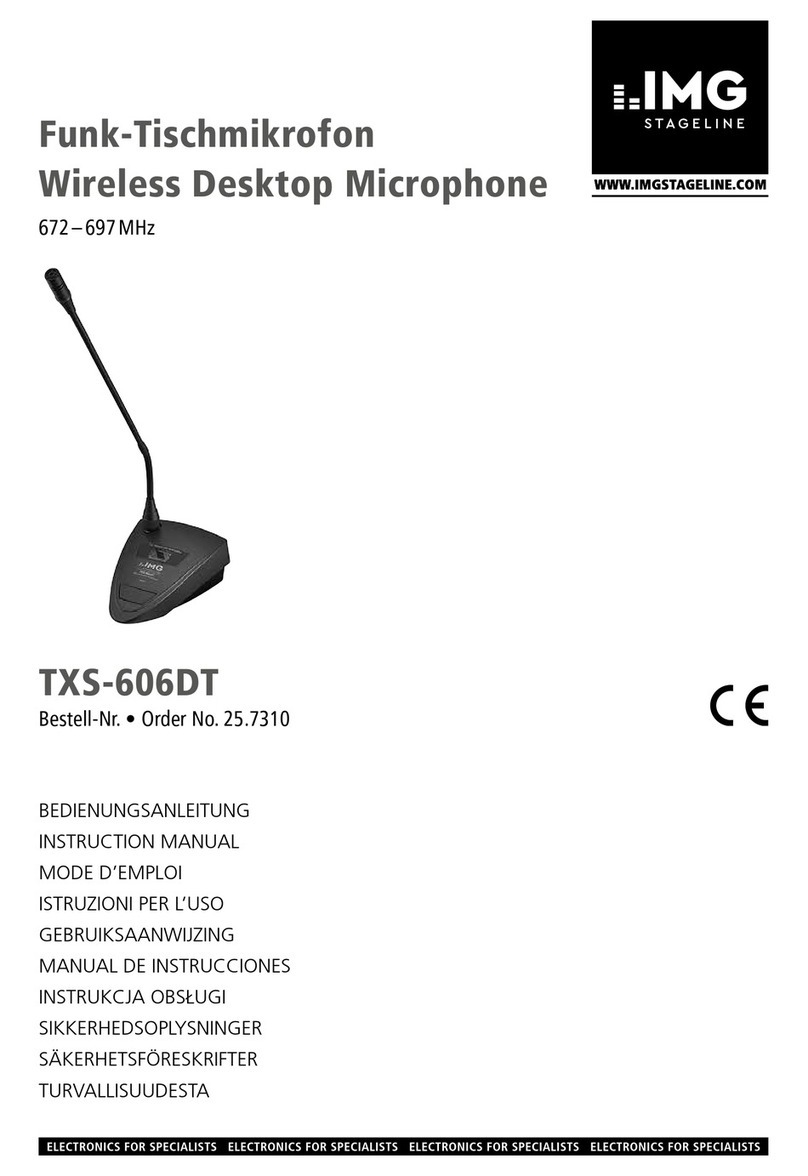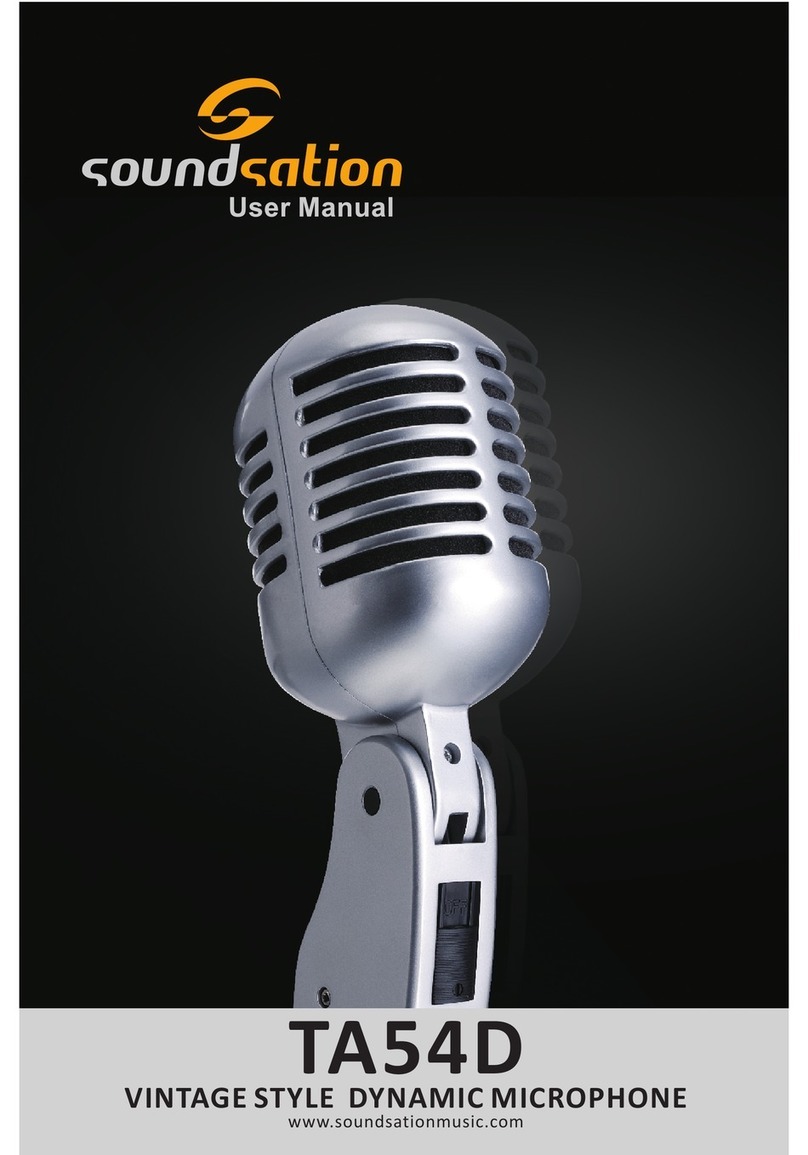Cload PM4-SA User manual

Clearly better sound
CLOUD PAGING MICROPHONES
WITH BUILT-IN SPOT ANNOUNCER
Models PM4-SA & PM8-SA
Cloud Electronics Limited
140 Staniforth Road, Shefeld, S9 3HF. England. Telephone: +44 (0)114 244 7051 Fax: +44 (0)114 242 5462 Web: www.cloud.co.uk Email: [email protected].uk
The Cloud PM-SA range of Digital Paging Microphones have been
developed from the recently-introduced PM range, which were
themselves designed to improve on the well-known CDPM Series.
As well as being a simple-to-use and elegant paging mic, the PM-SA
models incorporate a digital sound store for pre-recorded messages.
These can be triggered either manually, or via external contacts from
third-party equipment, such as PIR sensors, timing systems, or similar.
The PM-SA models have a powerful range of options that make them
suitable for almost any situation, yet are easy to install and congure.
Two PM-SA models are available:
• PM4-SA – paging and messaging to up to four zones, with
internal storage for four messages and chimes
• PM8-SA – paging and messaging to up to eight zones, with
internal storage for eight messages and chimes
Spot Announcer messages are stored on a standard SD memory card,
and can be in the form of either WMA or MP3 les, at most common
sample and bit rates. Pre-announcement chimes are also stored on
the card in the same formats, and the unit may be congured to
precede paged and pre-recorded announcements with different
chimes.
An important feature of the PM-SA is its ability to store specic
messages (and chimes, if wished) as part of the PM’s zone group
feature. A zone group allows multiple zones to be selected for paging
or messaging with a single key press. When a message is programmed
as part of a group denition, the message may be triggered by an
external command, when it will be automatically broadcast in all
the zones forming that group. This opens up many possibilities for
automatic messaging, such as connecting the external trigger inputs
to third-party timers to automatically repeat messages at xed time
intervals, or to PIR sensors for security applications.
The PM-SA is designed to interface directly with recent Cloud
products - such as the DCM-1 - via the Cloud Digital Paging Interface,
which uses standard CAT-5 cable and RJ45 connectors. It is also
provided with an analogue interface, permitting it to be used with any
other audio system equipped with ‘short-to-ground’ paging access
for selecting the zone(s) to be paged. This includes the following
current* Cloud products:
• Z4II and Z8II Venue Mixers
• CX163 and CX263 Mixers
• 36/50 and 46/50 Integrated Mixer Ampliers
*Other, older Cloud products may also be compatible; please contact Cloud’s
Technical Department for advice, or visit www.cloud.co.uk.
The Digital Paging Interface may also be used to interconnect up
to 32 PMs and/or PM-SAs to permit paging from more than one
location, with a total allowable cable run of up 1 km. Different models
of PM and/or PM-SA may be intermixed on a single network. Overall
network connection to the audio system may be via either interface
method.
The PM-SA is directly compatible with the earlier Cloud CDPM
range. PM, PM-SA and CDPM microphones may be freely intermixed
on the Digital Paging Interface. It is also possible to congure a
PM-SA microphone to address only a subset of the available zones.
• Integral high quality gooseneck microphone
• Storage of up to eight message les (of any length) on internal
SD card
• Individual and multiple zone selection for both paging and
messages
• External NC/NO message triggering
• Up to 8 denable zone groups with group selection
• Assignment of specic messages and/or chimes to zone groups
• ‘TALK/SEND’ and ‘CALL ALL’ buttons
• SD card holds up to 8 chime sound les
• Internal chime sounder
• Zone Disable function
• ‘BUSY’ LED to indicate unit or network activity
• Congurable two-layer paging priority system
• Optional automatic zone reset after paging/messaging
• Suitable for free-standing or wall mounted operation
General Description
Cloud PM-SA

Clearly better sound
System Example
PM8-SA
DCM-1
OUTPUTS
1
2
4
3
8
5
7
6
CAN BUS INCAN BUS OUT
POWER AMPLIFIERS
OUTPUTS TO INDIVIDUAL ZONES
DIGITAL
PAGING
INTERFACE
CAN BUS IN
(FROM OTHER PAGING MICS)
1
2
4
3
8
5
7
6
MESSAGE TRIGGERS
TIMER
PIR SENSOR
The example shows a PM8-SA connected to a DCM-1 Digitally Controlled Mixer via the Digital Paging Interface. The interface is a single CAT-5
cable which carries power, audio and zone selection commands. Other PM paging microphones (elsewhere in the building) may be daisy-chained
to the PM8-SA with further single runs of CAT-5, and all microphones can access all the DCM-1’s zones, if wished.
Messages on the PM8-SA’s sound card may either be selected manually, and directed to any zone(s) required, or triggered by external devices. In
the example shown, four of the external message triggers are used; three to a third-party relay timer and a fourth to a PIR sensor. Depending on
how the messages are assigned to zone groups, the timer and paging microphone could be set up to trigger:
• three different messages to three different zones,
• the same message to three zones, but at different times,
• or, three different messages to the same zone or zones.
A fourth message trigger is wired to a PIR sensor; this could be used for security purposes, automatically triggering a message in a zone to warn
an intruder that they were being recorded on CCTV, for example.

Clearly better sound
Technical Specications
PM4-SA. PM8-SA
Microphone
Capsule Type Condenser
Polar Pattern Cardioid
Gooseneck length 300 mm (standard); 140 mm (alternative Part No. MI100166)
Zones Number of Zones 4 or 8
Chime Number of Chimes 4 or 8 (derived from SD card); internal speaker
Interface
Digital Cloud Digital Paging Interface (RJ45)
Analogue Zone Access Output (Short to Ground), Audio Output
Messages
Number of messages 4 or 8; internal speaker
Card format
SD/SDHC
MiniSD/SDHC*
MicroSD/SDHC*
File system FAT16 or FAT32
File types MP3 or WMA
Power input
Voltage range 9 - 17 VAC, 12 - 24 VDC
Current consumption
120 mA (PM4-SA, idle mode)
220 mA (PM4-SA, message mode)
150 mA (PM8-SA, idle mode)
250 mA (PM8-SA, message mode)
Dimensions 245 wide x 65 high (less gooseneck mic) x 170 deep (mm)
Net Weight 1.2 kg
* Mini and Micro cards require a suitable adaptor.

Clearly better sound
Graphs
20/11/11
PM-SA Compressor
characteristics.
-55
+0
-50
-45
-40
-35
-30
-25
-20
-15
-10
-5
O
u
t
p
u
t
d
B
u
-50 +0
-40 -30 -20 -10
Input dBu
Polar Response
Compressor
Characteristics
Capsule Frequency Response

Clearly better sound
E&OEIssue_1.0
The paging microphone shall be capable of paging up to 8 zones either
individually, in user-denable groups, or all zones simultaneously. The
microphone shall be available in versions with 4 or 8 zone paging
buttons. It shall also be possible to interconnect up to 32 paging
microphones with full operational transparency, via standard CAT-5
cabling.
The microphone shall become active when a non-latching
‘TALK/SEND’ button is pressed. Zone selection shall be by
electronically latching buttons, with selection conrmed by an LED.
A non-latching ‘CALL ALL’ button shall also be provided, selecting
paging to all supported zones. A ‘CLEAR’ button will be provided
to cancel incorrect zone selections. There shall be four ‘GROUP’
buttons allowing selection of multiple zones, and it shall be possible
to program each with any combination of zones. There shall be four
zone groups on the 4-zone version and eight on the 8-zone version,
the second set of four being selected by a double-press. Each button
shall have an adjacent legend area for user’s zone identication.
It shall be possible to adjust the paging audio level by an internal
adjustment.
The microphone shall have an internal message facility able to replay
up to eight digital audio les from a removable memory device.
Compatibility with WMA and MP3 format les at a range of sampling
rates from 8 kHz to 48 kHz shall be provided as a minimum. There
shall be a dedicated set of buttons, with LED indication, to select
each sound le from the front panel. The selected message will be
routed to the same audio output as the paging microphone when
the ‘TALK/SEND’ button is pressed. It shall be possible to adjust the
message audio level by an internal adjustment.
It shall be possible to include a message as part of a zone group
denition. A set of external trigger inputs shall be provided, which
when active, cause the programmed message to be routed to the
zones comprising the group it has been programmed to. It shall be
possible to congure the trigger inputs as either normally-open
(NO) or normally-closed (NC).
It shall be possible to congure the microphone to output a pre-
announcement chime when the ‘TALK/SEND’ button is pressed.
The chime shall be derived from a separate set of audio les on
the memory device. It shall be possible to precede pre-recorded
messages with either the same chime or an alternative chime. The
memory card shall be able to store up to eight chime les, and it shall
be possible to assign any one to each zone group, whether or not
a message is assigned to it as well. It shall be possible to adjust the
chime level by an internal adjustment.
The microphone itself shall be mounted on a gooseneck and be non-
removable.
The paging microphone will interface directly to compatible mixers
via a digital interface carrying audio, zone selection and power on a
single CAT-5 cable. It will also be equipped with an analogue interface
consisting of an audio output and a separate short-to-ground control
port, permitting its use with any other mixers equipped with this
type of access. The analogue zone selection interface shall be able to
sense when any paralleled system is active.
The microphone will be capable of being powered via either type of
interface, or from a local external PSU. The unit will operate from
both DC (12-24 V) and AC (9-17 V) supplies.
It shall be possible to set various conguration options which will
not be resettable by the user and which will be reinstated after a
power interruption: i) setting zone selection to either remain in place
post-announcement, or to self-cancel; ii) offsetting zone numbering,
allowing a microphone to address a different (but consecutively-
numbered) set of zones; iii) locking group denitions so they cannot
be altered by the operator; iv) assigning two levels of priority,
whereby ‘high’ priority will take precedence when messages conict
when multiple microphones are in use; v) disabling one or more
zone select buttons so that the user does not have paging access to
certain zones.
The paging microphone shall be built in a compact steel housing with
a non-slip base for desktop use. It shall also be possible to mount
the microphone on a wall, and an alternative, shorter gooseneck
microphone shall be available as an option to facilitate this.
The paging microphone shall be the Cloud PM-SA Series; Model
PM4-SA (4 zones, 4 messages, 4 chimes) or the PM8-SA (8 zones, 8
messages, 8 chimes).
Architect’s and Engineer’s Specication
This manual suits for next models
1
Table of contents

